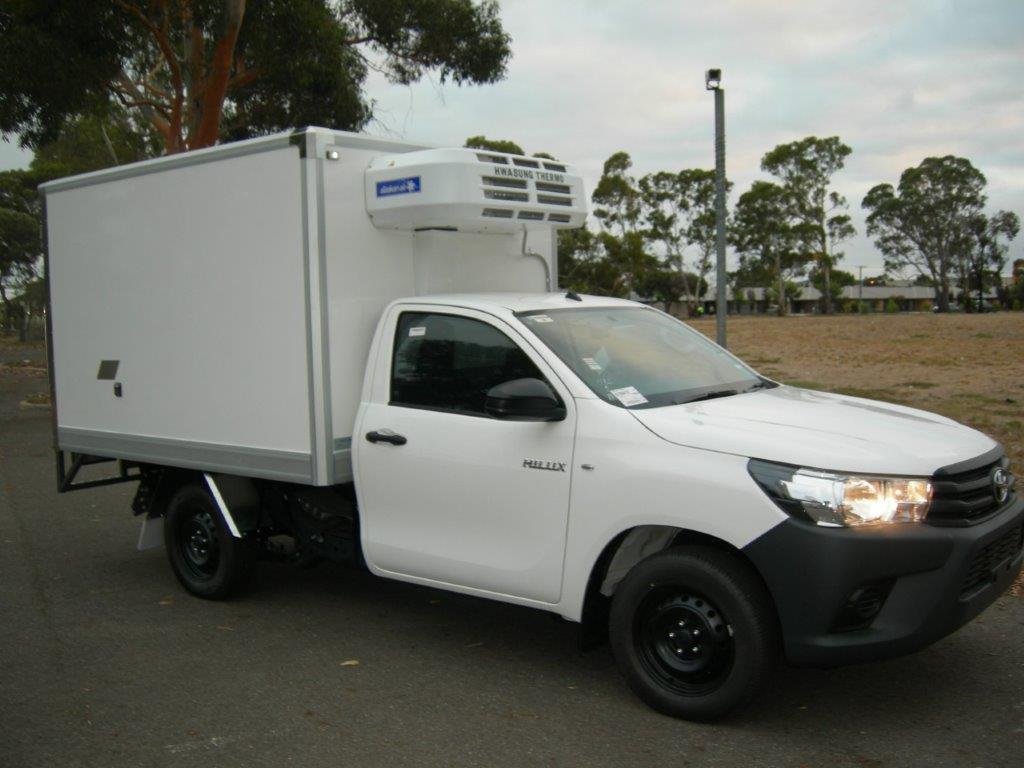When driving any refrigerated vehicle there’s a lot of things to check. From making sure the features of the vehicle suits your needs to keep your cargo safe. These are things that are important before you get on the road transporting your refrigerated goods.
- Does it cool to the temperature required by your cargo?
Not all refrigerated vans are created equal. Some can go down to temperatures well below freezing, while others are more suited to temperatures just above freezing. Check your cargo to work out what temperature it needs to be stored at. Too low and you may have products you want to stay fresh instead of freezing, too high and products may thaw out or defrost, both having the potential to ruin an entire load. After you have checked the best temperature for the cargo check if the refrigerated vehicle supports that temperature within its range. There are also vehicles which can be adjusted across a wide range, meaning that you are able to go from transporting chilled goods to frozen goods (or vice versa) with ease, supporting almost all refrigerated goods that will need transporting. - Does the vehicle meet the standards for your cargo?
When transporting some products, for example, meats, the vehicles may have to have a certification before you’re able to officially transport the goods. Before transporting your cargo, check if any such certifications exist. This may depend on the state you live in and the amount you are transporting. Once you find out about the required certifications/standards, when renting the vehicle you can check with them if the vehicle meets the criteria needed for transporting your goods. If it does then you’re good to go! - Will the vehicle need to be cooling even when the engine isn’t on?
For a large number of refrigerated vehicles, the refrigeration is only on when the vehicle is running, meaning if you have to stop for long periods of time but still need to store your cargo it could spoil in the meantime. This can be solved by getting one with ESB: Electric Standby. This will allow you to plug the vehicle’s refrigeration into a Power Point, keeping the refrigeration going and your goods cool while the vehicle itself is off. - Is the area big enough for your cargo?
This one may seem obvious, but it can be surprising how many people forget! When looking at refrigerated vehicles it’s also important to think about the size and dimensions of the cargo and the vehicle. While a vehicle may sound big enough, if something is too long or too tall the vehicle will be unable to close properly, and for refrigerated vehicles, even a door or panel slightly open is enough to mean the refrigeration won’t work properly.
Contact us at Refrigerated Vans For Rent
As long as you plan ahead and do all these things, you’re ready to drive a refrigerated vehicle! If you’re in need of a refrigerated vehicle, or have questions about renting one, you can contact us at Refrigerated Vans For Rent and we can answer any questions you have about our vans and help walk you through the process of making it the van suits all your requirements.
Keep yourself updated following our social page for the latest deals and information.

